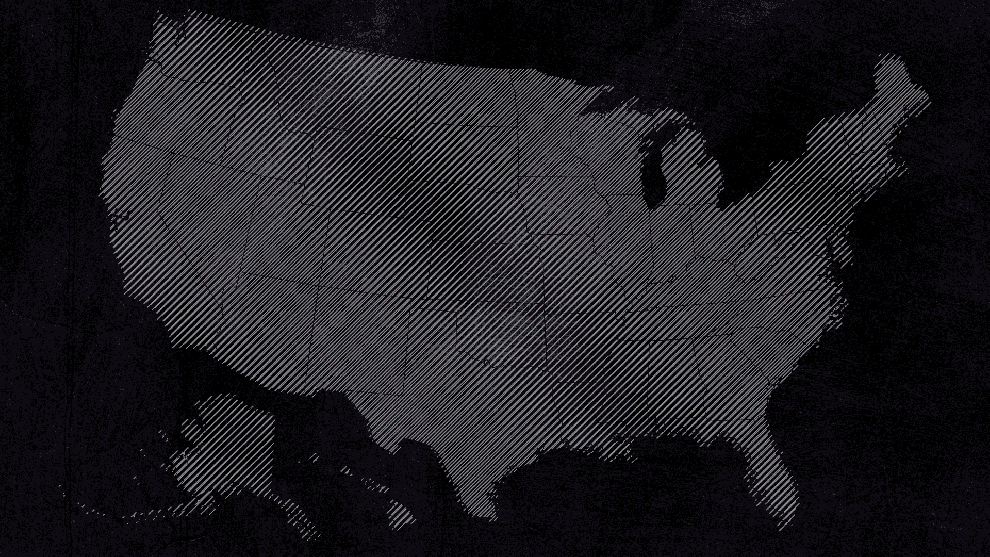Between 1900 and 2000, performance art evolved from a fringe practice to a global divertissement. Its history divides into two periods: the first half of the 20th century, when performative practices by the avant-garde weren’t formally categorized as art, and the postwar era, when they eventually were. Moreover, these activities were confined largely to Europe and America before spreading worldwide after 1950.
Performance before and after midcentury was also distinguished by its increasing reliance on the camera, first for documentation, and later as an element integral to the work. The genre became increasingly bound up with photography, film, and video, which transformed a transitory medium into an art object after the fact.
Moreover, by the 1990s, film and video had achieved production values commensurate with mainstream movies, which had the effect of turning performance art into another form of cinematic mise-en-scène disconnected from live action in front of an audience.
The most salient development for performance art after 1950, though, was the sheer number of artists who embraced it. What follows, then, is a necessarily abridged account of this fascinating chapter in art history.
Read “The ARTnews Guide to Performance Art, Part One: 1700s–1920s” here.
Copyright
© Art News







